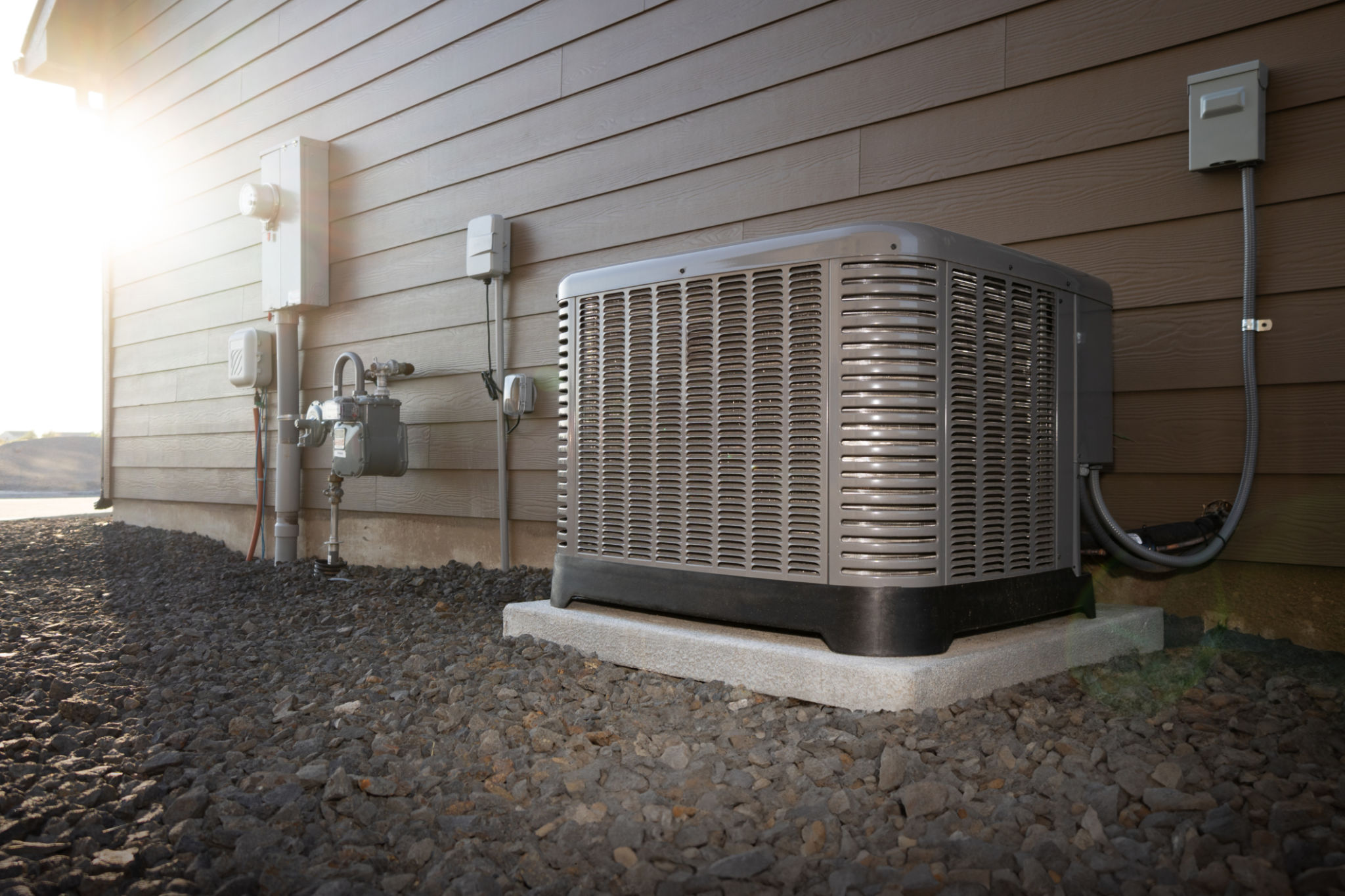Comparing Ductless vs. Central Air Conditioning Systems
Introduction to Air Conditioning Systems
When it comes to cooling your home, choosing the right air conditioning system can be a daunting task. The two most popular options are ductless and central air conditioning systems. Each has its unique advantages and considerations that can impact your comfort, energy efficiency, and budget. In this blog post, we'll explore the differences between these systems to help you make an informed decision.

Understanding Ductless Air Conditioning Systems
Ductless air conditioning systems, also known as mini-split systems, are a popular choice for homeowners looking for flexibility and efficiency. These systems consist of an outdoor compressor unit and one or more indoor air-handling units connected by refrigerant lines. One of the standout features of ductless systems is their ability to provide zoned cooling, allowing you to control the temperature in individual rooms or areas.
Another advantage of ductless systems is their energy efficiency. Since they don't require ductwork, there is less energy loss compared to central systems. This can result in lower utility bills and a reduced carbon footprint. Additionally, ductless systems are relatively easy to install, making them a convenient option for retrofitting older homes without existing ductwork.
Benefits of Central Air Conditioning Systems
Central air conditioning systems are a common choice for many households, especially in larger homes. These systems use a network of ducts to distribute cooled air throughout the house, providing consistent and even cooling in every room. A central system is typically controlled by a single thermostat, making it simple to manage.

A key benefit of central air conditioning is its ability to improve indoor air quality. Central systems often include filters that help remove dust, allergens, and other pollutants from the air. Additionally, these systems tend to have a longer lifespan compared to ductless units, offering reliable performance over many years with proper maintenance.
Installation and Cost Considerations
When comparing ductless and central air conditioning systems, installation and cost are important factors to consider. Ductless systems generally have a lower upfront cost due to their simpler installation process. However, the cost can increase if multiple indoor units are needed to cover a larger area.
Central air conditioning systems require a more extensive installation process due to the need for ductwork. This can result in higher initial costs, particularly for homes without existing ducts. However, central systems can be more cost-effective in the long run if you have a large home that requires uniform cooling.

Maintenance and Longevity
Both ductless and central air conditioning systems require regular maintenance to ensure optimal performance. Ductless systems typically require less maintenance since they lack ductwork that needs cleaning. However, it's important to regularly clean the filters and check the refrigerant levels for efficiency.
Central systems may require more frequent maintenance due to their complexity and the presence of ductwork. Regularly changing filters, cleaning ducts, and scheduling professional inspections can help prolong the life of your system and maintain its efficiency.
Making the Right Choice for Your Home
Ultimately, the decision between ductless and central air conditioning depends on your home's layout, your budget, and your personal preferences. If you value flexibility and energy efficiency, a ductless system might be the right choice for you. On the other hand, if you have a larger home and prefer consistent cooling throughout, a central system could be more suitable.
No matter which system you choose, investing in a quality air conditioning solution will enhance your comfort and improve your home's energy efficiency. Be sure to consult with HVAC professionals to assess your specific needs and receive expert recommendations tailored to your situation.
